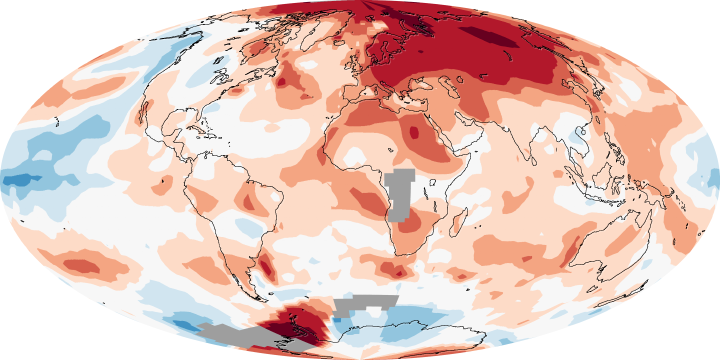Congress Asks DEA to End Monopoly on Medical Marijuana Research
Sixteen Members of Congress Urge Attorney General Holder to change DEA policy
More medical cannabis will be available for research soon, if members of Congress have their way.
After lobbying by ASA, Sixteen members of Congress sent a letter last month to Attorney General Eric Holder, urging the Drug Enforcement Administration (DEA) to act “swiftly to amend or withdraw” an order that significantly curtails medical marijuana research in the United States.
At issue is a 2001 request by a University of Massachusetts, Amherst researcher, Dr. Lyle Craker, to grow pharmaceutical-grade cannabis for federally approved research studies. Currently, many approved studies are unable to proceed for lack of research materials. In February of 2007, DEA Administrative Law Judge Mary Ellen Bittner ruled that monopoly should end because expanded medical marijuana research is “in the public interest.” The DEA sat on the ruling for nearly two years before rejecting it less than one week before the new administration took office.
For more than forty years, the government has given the University of Mississippi a monopoly on cultivating marijuana for medical research. Not only is this arrangement unlike that for any other controlled substance regulated by the federal government, no other country restricts research in this way.
The Congressional letter authored by John Olver (D-MA) notes the broad scientific and political support for Craker’s proposal: “Forty-five members of the House of Representatives and Senators Edward Kennedy and John Kerry, as well as a broad range of scientific, medical and public health organizations including the Lymphoma Foundation of America, the National Association for Public Health Policy, and the Multiple Sclerosis Foundation have all written to DEA in support of Professor Craker’s efforts.”
In her 87-page Opinion and Recommended Ruling, Administrative Law Judge Bittner concluded that the quality and quantity of marijuana supplied by NIDA was inadequate for the level of research that cannabis deserves.
The ACLU, which represents Professor Craker in this matter, is requesting reconsideration and an opportunity to respond to new evidence used by the DEA in its decision.




